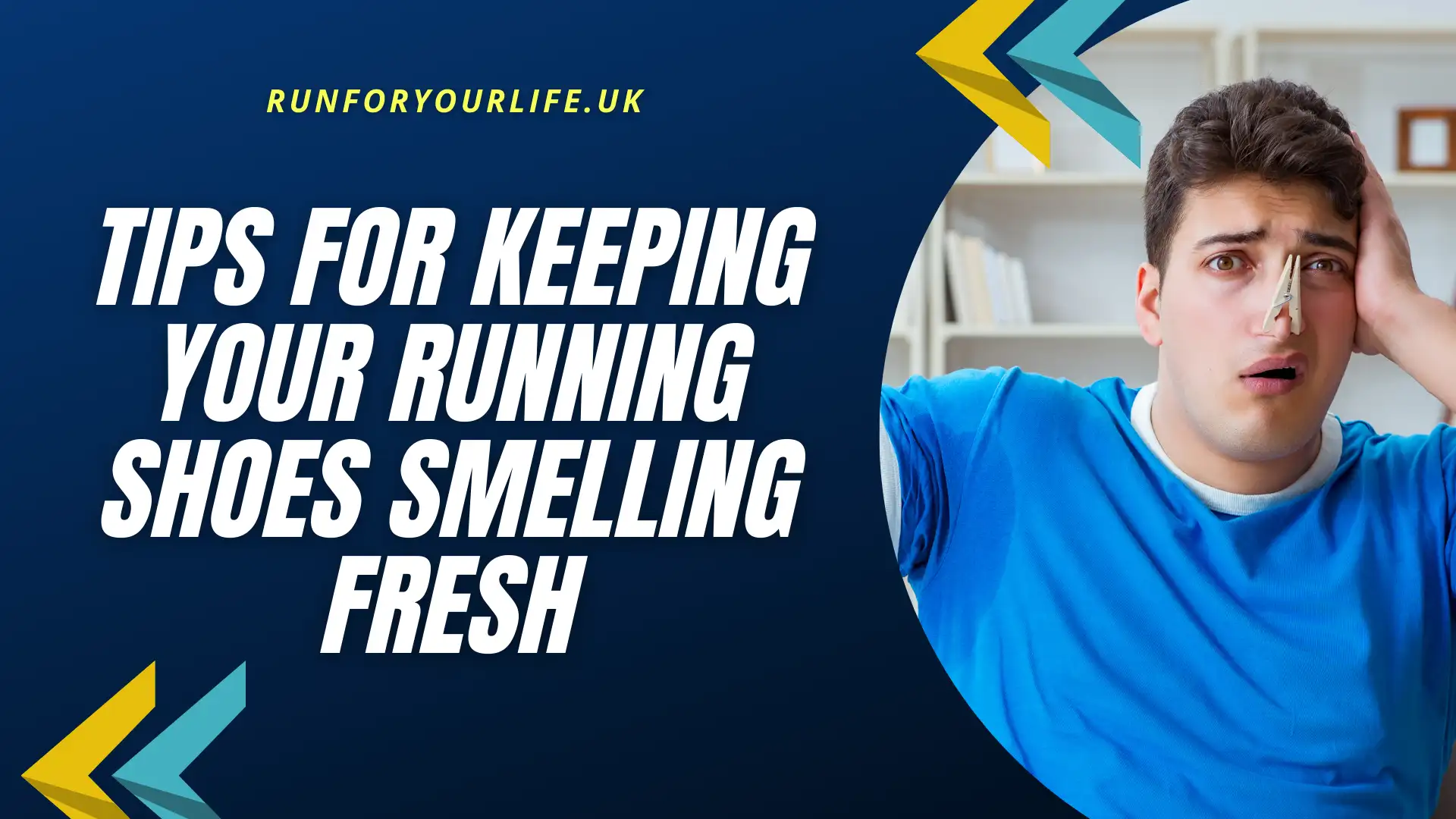Cleaning and Organizing Your Shoe Cabinet for Freshness: How To Keep Shoe Cabinet Fresh

Maintaining a fresh-smelling shoe cabinet requires a proactive approach to cleaning and organization. Regular cleaning prevents odor build-up and keeps your shoes in optimal condition. Proper organization maximizes space and airflow, further contributing to a pleasant-smelling environment.
Regular Shoe Cabinet Cleaning Checklist
A consistent cleaning schedule is crucial for maintaining a fresh shoe cabinet. This checklist Artikels the necessary steps and cleaning agents for different materials.
- Frequency: Aim for a thorough cleaning every 2-3 months, and a quick wipe-down weekly.
- Materials: Microfiber cloths, all-purpose cleaner (diluted), baking soda, white vinegar, shoe cleaner specific to the material (leather, suede, canvas).
- Procedure:
- Empty the cabinet completely.
- Remove dust and debris with a microfiber cloth.
- Wipe down all surfaces with a diluted all-purpose cleaner.
- Sprinkle baking soda on the bottom of the cabinet to absorb odors (leave for 30 minutes, then vacuum).
- Wipe down with a damp cloth and allow to air dry completely.
Cleaning Individual Shoes Before Storage
Before returning shoes to the cabinet, cleaning them is essential to prevent odor transfer and maintain their lifespan. Different materials require different cleaning methods.
- Leather Shoes: Use a leather cleaner and conditioner. Apply with a soft cloth, buff gently, and allow to air dry completely.
- Canvas Shoes: Mix a small amount of mild detergent with water. Use a soft brush to gently scrub the surface, rinse with clean water, and air dry completely. Avoid direct sunlight.
- Suede Shoes: Use a suede brush to remove dirt and debris. For stubborn stains, use a suede cleaner and follow the product instructions carefully.
Items to Remove for Odor Prevention
Certain items contribute significantly to odor build-up within a shoe cabinet. Removing these items is a crucial step in maintaining freshness.
- Old socks: These are prime breeding grounds for bacteria and odors.
- Worn-out shoes: Shoes that are beyond repair often harbor unpleasant smells.
- Shoe inserts that are not regularly cleaned or replaced.
- Unused shoe care products that have expired or are leaking.
- Any items not directly related to shoe storage.
Optimizing Shoe Cabinet Space and Airflow
Proper arrangement of shoes is key to maximizing space and airflow, which in turn minimizes odor build-up.
- Vertical Storage: Utilize vertical space with shoe racks or dividers to stack shoes neatly.
- Shoe Trees: Insert shoe trees into leather shoes to maintain their shape and absorb moisture.
- Pair Matching: Keep shoes paired together to avoid misplacing them and maintain order.
- Seasonal Rotation: Store out-of-season shoes elsewhere to reduce clutter and improve airflow in the cabinet.
- Regular Decluttering: Regularly remove shoes you no longer wear to prevent overcrowding.
Preventing Odor Buildup in Your Shoe Cabinet

Maintaining a fresh-smelling shoe cabinet requires proactive strategies beyond regular cleaning. Proper storage and mindful habits significantly impact odor prevention. Choosing the right storage solution and adopting good shoe care practices are crucial steps in keeping your shoe collection both organized and odor-free.
Shoe Storage Solutions and Freshness
Different shoe storage solutions offer varying levels of ventilation and organization, directly impacting odor control. Open shelving, while providing excellent air circulation, may not be the most space-efficient option. Shoe racks, on the other hand, maximize vertical space but require careful consideration of airflow to prevent trapped moisture. Closed shoe cabinets, while space-efficient, need adequate ventilation to avoid becoming damp and musty. Organizers, such as dividers or individual shoe boxes, offer better organization but depend on the material’s breathability for odor control. Fabric organizers, while protecting shoes, can trap moisture unless breathable materials are used. Plastic or mesh organizers allow for better air circulation. The optimal solution depends on available space, the number of shoes, and the level of ventilation achievable.
Habits Contributing to Shoe Odor and Their Modification
Three common habits significantly contribute to shoe odor: wearing the same shoes daily without allowing them to air out, failing to clean shoes regularly, and storing damp or wet shoes. To mitigate these, alternate footwear daily, allowing each pair to dry completely before storing. Regular cleaning removes dirt, sweat, and bacteria, reducing odor-causing agents. This can involve brushing, wiping, or washing depending on the material. Always ensure shoes are completely dry before storage to prevent mold and mildew growth.
Shoe Care Products for Odor Prevention, How to keep shoe cabinet fresh
Several shoe care products can help prevent odor. These products offer varying mechanisms to combat odor-causing agents.
- Shoe Deodorizers: These typically contain activated charcoal or baking soda, which absorb moisture and odors. They are placed inside shoes or in the shoe cabinet.
- Shoe Disinfectants: These sprays or wipes kill bacteria and fungi that contribute to odor. They are applied to the inside of shoes after cleaning.
- Shoe Polishes: While primarily for leather shoe shine, some polishes also contain conditioning agents that help prevent dryness and cracking, thus reducing odor potential.
- Cedar Shoe Trees: These absorbent wooden forms absorb moisture and help maintain the shape of shoes. The cedarwood itself also has natural deodorizing properties.
- Antibacterial Shoe Powders: These powders absorb moisture and neutralize odors. They are sprinkled inside shoes and left to absorb before shaking out.
